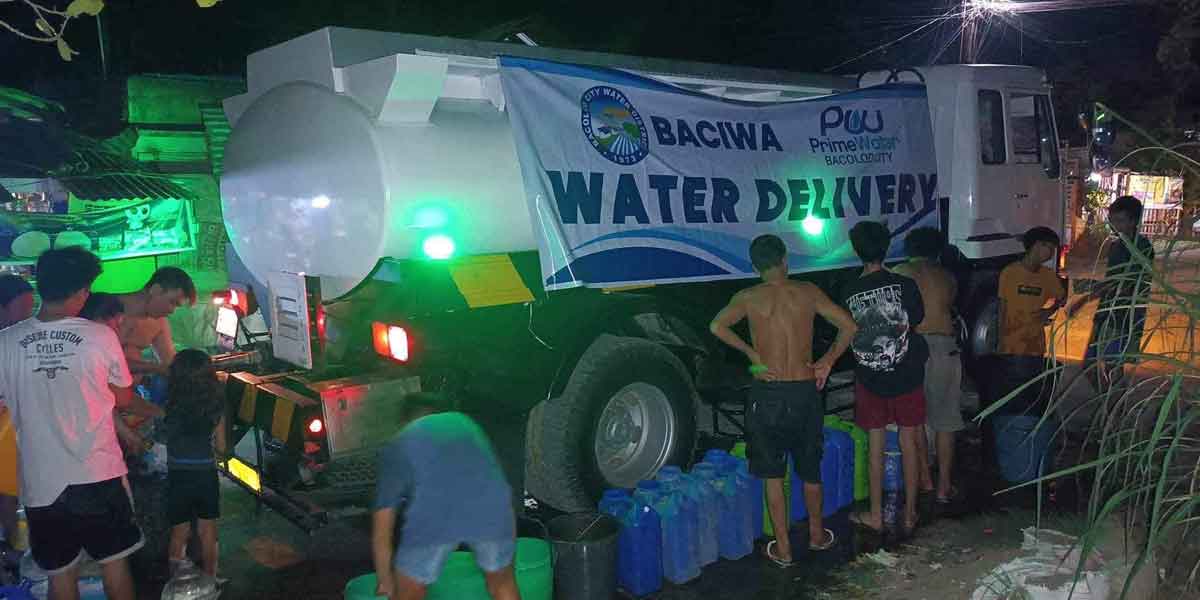
By Rex Delsar Dianala
Aquafarmers in the seafood capital of the Philippines are feeling the sting of the pandemic as transport restrictions have driven down prices given the difficulties in distributing their milkfish, crab, and shrimp produce.
In a dialogue with the Bureau of Fisheries and Aquatic Resources 6 (BFAR-6) and the Aquaculture Department of the Southeast Asian Fisheries Development Center (SEAFDEC/AQD), a trader lamented that their usual shipment of 10 to 12 tons of crabs per day is down to 1.5 to 2 tons, while a fishpond operator shared that prices of milkfish have gone as low as 65 pesos per kilogram.
“It’s been two months that we have not sold crabs and they have just been dying inside the fishpond because we could not sell them due to Covid,” shared Edwin Mayo, chair of the Panay Aqua Farmers Cooperative (PAFC), speaking in Hiligaynon.
“We have to ship the crabs in planes because if we ship them through ro-ro, it will take three days to reach Manila, so only about 10 percent of the crabs will survive, so the crabs will die. That is our big problem because there are no flights,” he added.
Members of PAFC visited SEAFDEC/AQD’s headquarters in Tigbauan, Iloilo on July 7, 2020, accompanied by Dir. Remia Aparri of BFAR-6, to meet with SEAFDEC/AQD Chief Dan Baliao and find ways to soften the impact of Covid-19 on the aquaculture industry in Capiz province.
For milkfish, Mayo said that prices were okay since December to February, but lately, prices have gone as low as 65 pesos for three to a kilo.
“The problem now with feeds, the capital is large while the milkfish is cheap. How can we earn or survive in this crisis?” he asked.
Lower costs with local feed mill
To accommodate the lower selling prices of milkfish, the fish farmers inquired with SEAFDEC/AQD nutrition experts regarding the possibility of establishing a local aqua feed mill in Capiz and producing feeds using local ingredients to lower the cost.
Mayo said that transporting feeds from feed millers in Luzon costs an additional 100 pesos per bag so they are hoping to produce feeds locally using local ingredients such as corn which is abundant in their province.
SEAFDEC/AQD scientist and nutrition expert Dr. Roger Edward Mamauag confirmed that there is no commercial aquafeed mill in Panay Island which is why feed companies still ship their supply from Luzon.
Feeds account for as much as half the cost of operating aquaculture systems that do not rely on naturally occurring food such as lumut and lab-lab.
Nutrition experts of SEAFDEC/AQD shared to the PAFC members the different costs of establishing a feed mill, the cost-efficient feed formulations they developed, and toured them at the institution’s pilot-scale feed mill.
Baliao assured the cooperative members that their nutrition experts and engineering teams are willing to help in the feasibility studies, the design, as well as setting up and monitoring of a feed mill as long as their request is coursed through BFAR.
“I would like to assure you that we stand at the threshold of assisting the industry,” Baliao told the aquafarmers. “We need this, because the key ingredients in aquaculture now are seeds and feeds.”






















